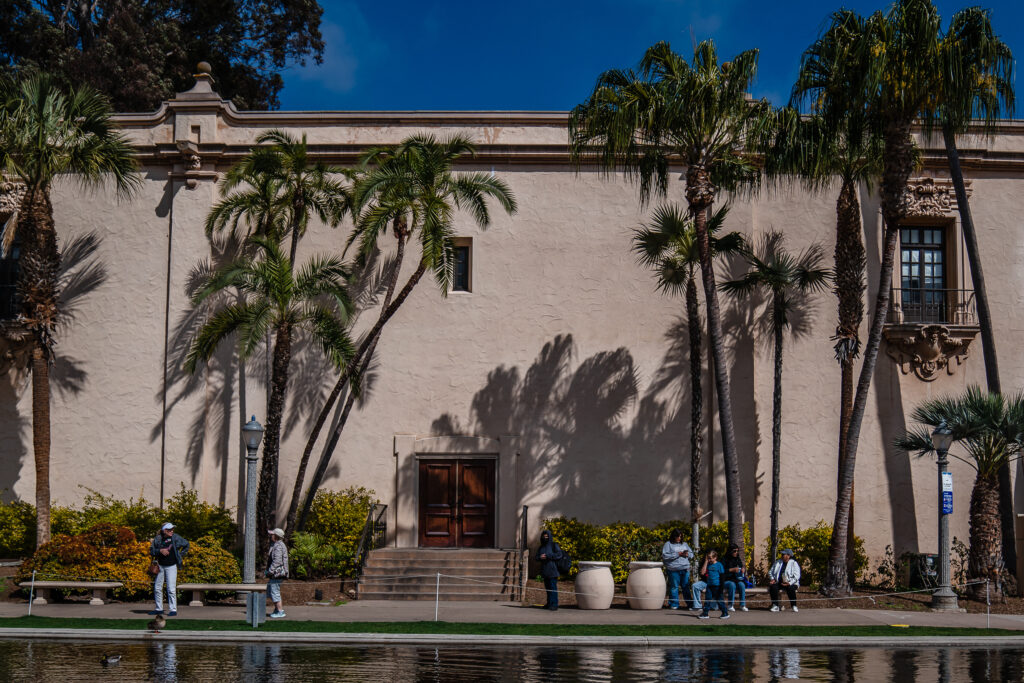If you’ve been around San Diego for a minute – since anytime between, let’s say, 1870 and 2015 – you may be familiar with a state document that declares Balboa Park a “free and public park” in perpetuity.
This verbiage derives from the California Statutes of 1870 which entrusted the city of San Diego with ownership of the pueblo lands which we now know as Balboa Park.
This is relevant as the city contemplates a paid parking system for Balboa Park, raising questions about whether charging visitors to park violates the “free” clause bestowed upon the lands by our forefathers.
To put it simply: It doesn’t.
Throughout the 2010s, the idea of charging for parking in Balboa Park was a big sticking point in a proposal to revitalize the park on local philanthropist Irwin Jacobs’s dime. The Plaza de Panama project would’ve, among other things, removed cars from the park’s core through the construction of a new bridge and underground parking lot which – importantly – would not be free.
Upon approval by the City Council in 2012, the plan was bogged by legal challenges for many years, including one by the Save Our Heritage Organisation which asserted, in part, that the inclusion of paid parking violated the 1870 statute.
But a state appeals court shot down that argument in a May 2015 ruling.
The lawsuit said the 1870 statute had been annulled by future enactments by the state, including the approval of the city charter in 1889, which granted San Diego the ability to “regulate and control the use of public spaces for any and all purposes.”
While the Save Our Heritage Organisation may have lost that battle, the war was theirs in the end. The Plaza de Panama plan officially kicked the bucket in April 2019 after years of political, legal and financial challenges.
Still, the future of paid parking in Balboa Park remains uncertain. The City Council is expected to make a decision on the plan later this year.


